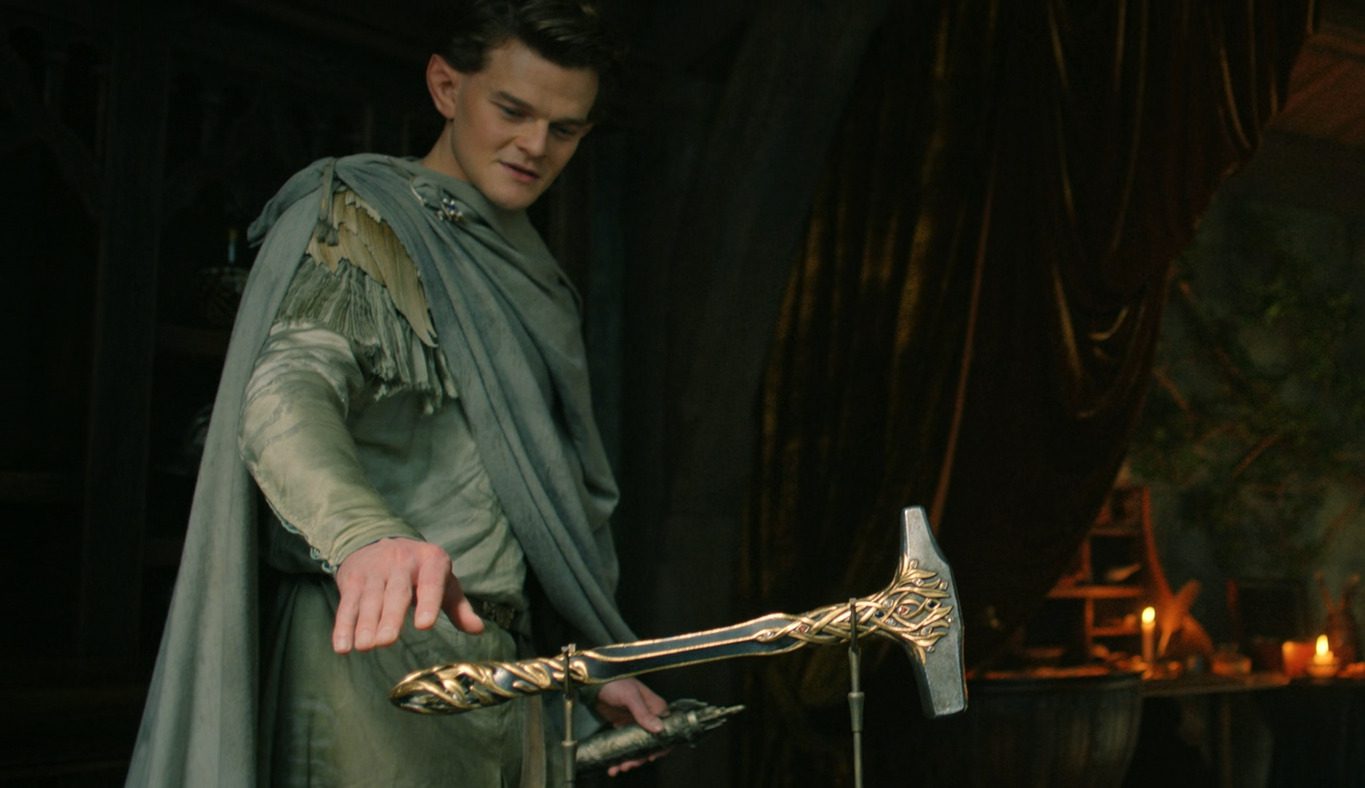“The Lord of the Rings” is returning to show that author J.R.R. Tolkien’s epic work still has a place in our continuous fantasy lexicon twenty years after the Peter Jackson trilogy transformed the entire head of pop culture and blockbuster cinema as we know it. The long-awaited series adaptation of “The Lord of the Rings: The Rings of Power” is finally here to tell its epic tale on the small screen after months and months of cautious anticipation that eventually turned into pure excitement.
Even though it takes place in a completely different timeline than the original trilogy and thousands of years before Frodo, Aragorn, or the other members of the Fellowship ever set foot in Middle-earth, the Prime Video series still has a few well-known characters, some intriguingly familiar settings, and one specific big bad whose reputation will undoubtedly stick out to anyone who has ever watched it.
Fittingly, Tolkien’s complex story-telling has been adapted into a similarly complex live-action series that hurls characters, subtexts, and even a number of Easter eggs at viewers in quick succession. This may be catnip for die-hard viewers, but it could be overwhelming for anyone tuning in with little context other than the movies. But don’t let that discourage you! Fortunately, we’ve compiled a lot of the very nerdiest details, deep cuts and otherwise, into one simple guide for devoted fans and average viewers alike. Let’s embark on another adventure now that Middle-earth has returned and is as vivid and rich as ever.
Here are The Rings of Power Episode 2 Easter Eggs:
The Stranger Is A Wizard
Nori and Poppy try to help The Stranger after he crashes land close to the Harfoots. The fact that the person initially behaves like a child makes this more challenging than it originally appears to be. He is incapable of speaking and has no self-care skills. Those who are familiar with Tolkien may notice that this strongly suggests that The Stranger is a wizard. Aside from the fact that he is obviously supernaturally strong, everything about his inexperienced Middle-earth stay suggests that he is a Wizard. The majority of Tolkien’s notes on the Wizards, or “Istari” as they are known in Elvish, were gathered by his son Christopher in the book “Unfinished Tales.”
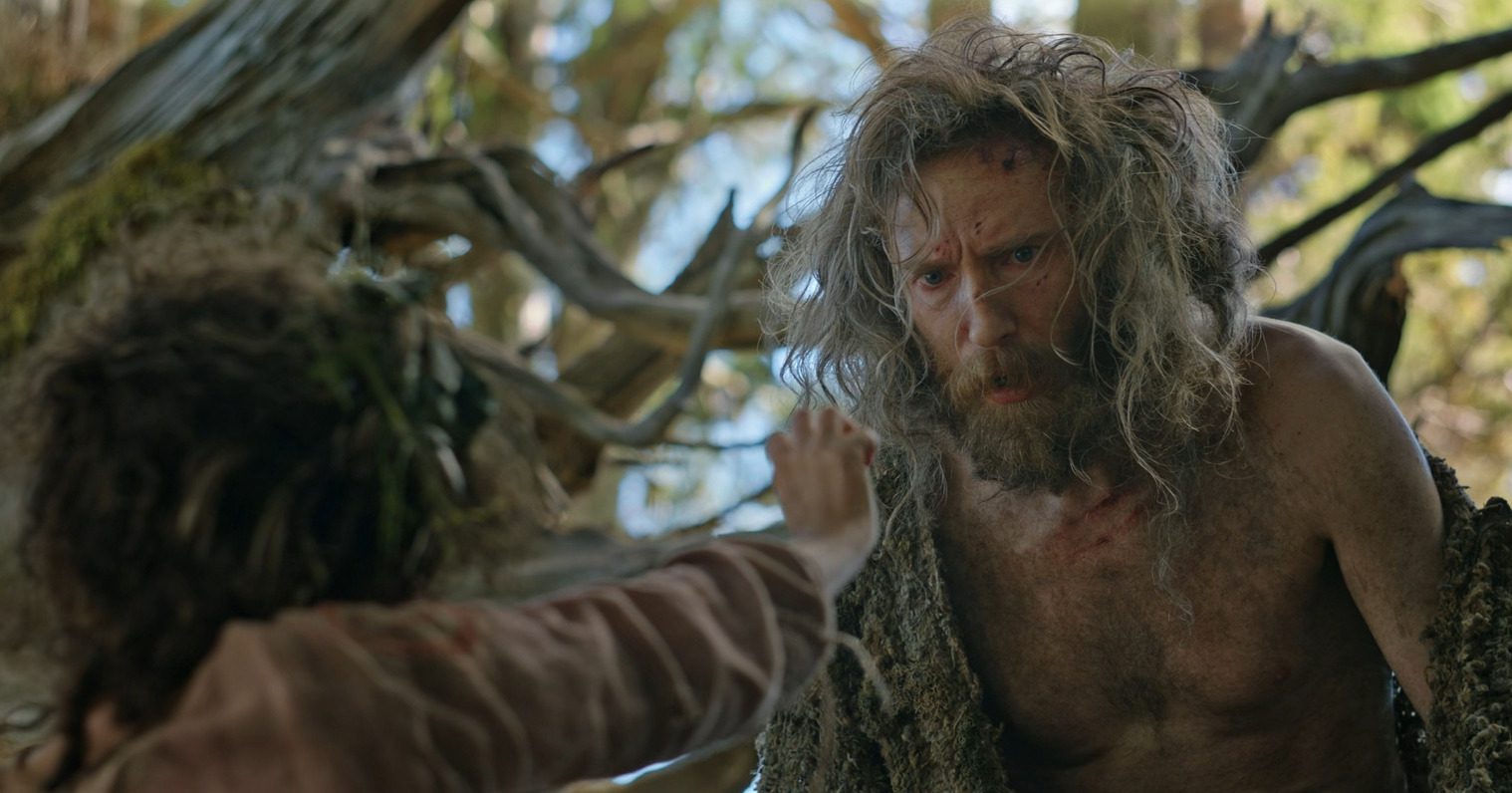
It states in that collection of random facts: “For it is told in truth that being embodied the Istari had to learn much anew by slow experience, and though they knew where they originated, the memory of the Blessed Realm was to them a glimpse from afar, for which (as long as they stayed committed to their duty) they yearned greatly.” If The Stranger is a Wizard, it makes sense that upon arriving, he would need to learn some fundamental skills, such as eating and talking. We must wonder, who is The Stranger from “Rings of Power,” especially given that he obviously understands a few things, such as constellations.
The Stranger Talks To Fireflies
Nori and Poppy are gradually learning more about their mysterious, strong friend as they struggle with him. He is able to communicate by creating the shape of a star constellation in the sky out of fireflies, especially toward the end of the second episode. When Nori understands that he’s looking for stars with a similar form, she becomes excited. There is also a tiny Easter egg in this scene that refers to Peter Jackson’s movies. Ian McKellen’s Gandalf captures a moth and whispers a message to it in an unknown language while imprisoned atop Isengard.

In the second episode of “Rings of Power,” The Stranger talks with the fireflies in a manner that is strikingly similar to how Gandalf did. This may indicate a close relationship between the two characters; perhaps they are both Gandalf? They might both just be acting magically at the moment. This could show how both individuals are wizards or at least share a spiritual ability that permits them to communicate with animals directly. Whatever the answer, it seems unlikely that The Stranger’s conversation with the firefly is anything other than a clear Easter egg given how close it seems to Gandalf’s exchange with the moth.
Elven-Human Relationship
When we initially meet Arondir in the Southlands of Middle-earth, he’s going to visit a town of Men with a peers Elven warden. He talks with the Human woman Bronwyn there, and it is obvious that the two have feelings for one another. Arondir and his fellow Elf argue back and forth as they leave, just as any respectable pair of soldiers would. However, as the conversation progresses, Arondir’s companion states, “This is my point. Only twice in recorded history have Elves and Humans ever been paired together. And each time, a tragic outcome happened. The outcome was death.”

There are two different pairings being discussed. The first is formed of the immortal Lthien and the mortal Beren. It’s tricky because they get married and then kind of pass away twice. The Man Tuor and the Elf-maiden Idril make up the other pair. Despite the fact that their story has a happy ending, it is without a doubt epic and tragic in nature. In Tolkien’s books, relationships between Elves and Humans are almost never depicted.
In fact, Ismael Cruz Cordova and Nazanin Boniadi, who play the roles of Arondir and Bronwyn, respectively talked about it. However they decide to handle the romance between their characters, it’s cool that the writers took the chance to make a passing reference to two of Tolkien’s most significant mortal-immortal relationships.
Also Read: The Rings Of Power Episode 2 Review: Characters Are Great But Less Focus On Humans
Fëanor’s Hammer
In Rings of Power episode 2, Elrond meets Lord Celebrimbor, whose artistry he has long admired. They become instant friends. As they become acquainted, they discuss a crafting hammer that is on show in Celebrimbor’s workshop. And not just any hammer either. It once belonged to Fanor, a skilled craftsman of the Elven people. Even though the show makes that evident, the silent subtext that Celebrimbor likely has the hammer because he is Fanor’s grandson is not mentioned in the dialogue.
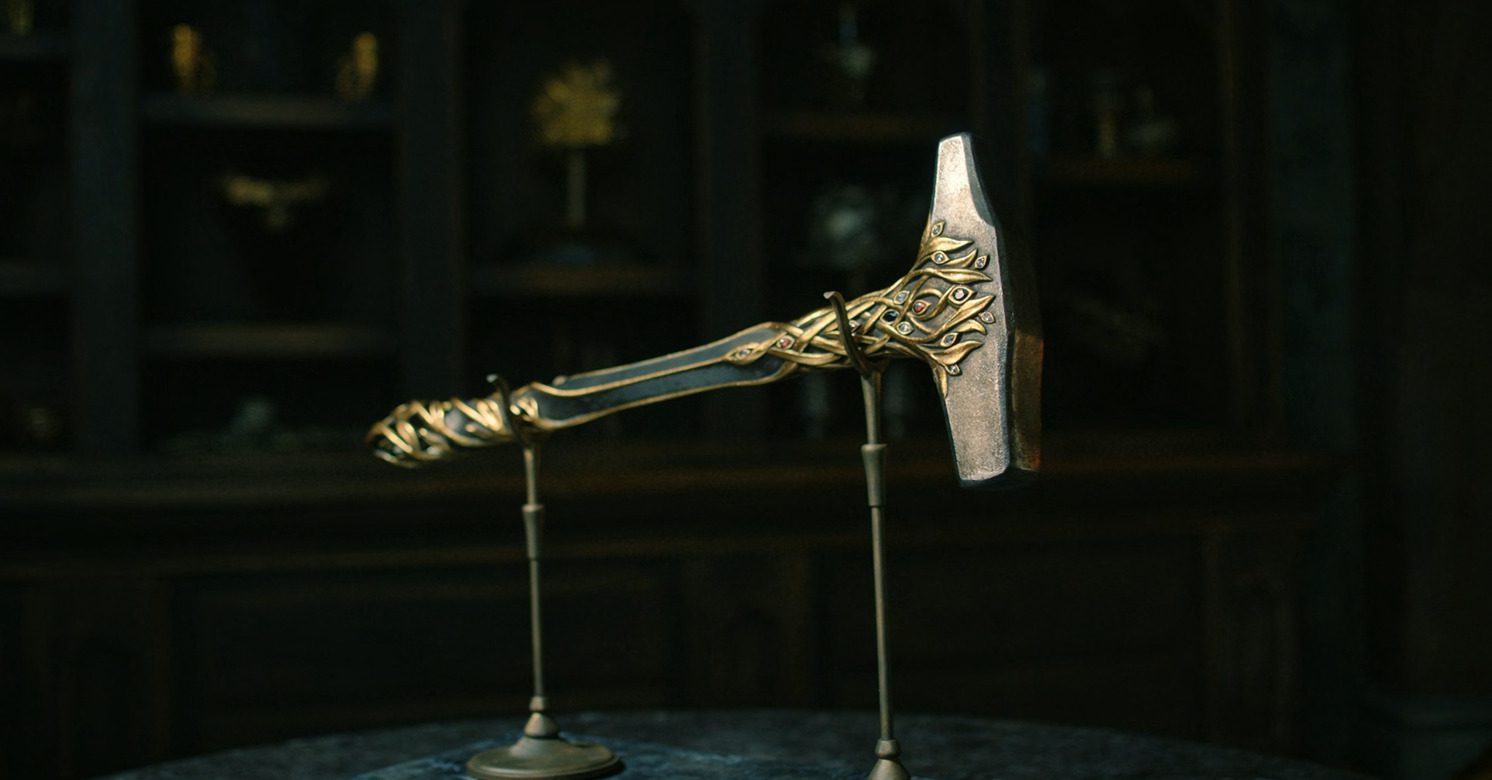
There are even more minor details. The two Elves are looking over blueprints for a huge, hot new addition to Celebrimbor’s workshop while they continue their conversation. The elf master craftsman says he wants to construct “the tower one that was capable of holding the most powerful forge ever created, able to give birth to a flame that is both as pure and as hot as a dragon’s tongue.”
The hidden reference reminds me of Gandalf’s statement in “The Fellowship of the Ring” that “There is no longer any dragon on the planet in which the old fire is hot enough to melt and devour the Rings of Power.” Celebrimbor probably has plans to use his new forge to make some small little ring-shaped items in the not-too-distant future, so the comparison to a forge as hot as a dragon’s mouth is appropriate.
The Silmarils And Fëanor
Every fantasy story needs to have a strong focus on world-building, which implies a complete lived-in sense of history that takes place long before the events of a specific story. “The Rings of Power” takes set in the Second Age of Middle-earth, which is the furthest back in time we’ve ever seen this world in live action. However, a full age existed even before the events of this story. You may thank Tolkien, a linguist, and professor, for creating some of the most complex and detailed fictitious histories ever to appear in a fantasy work.
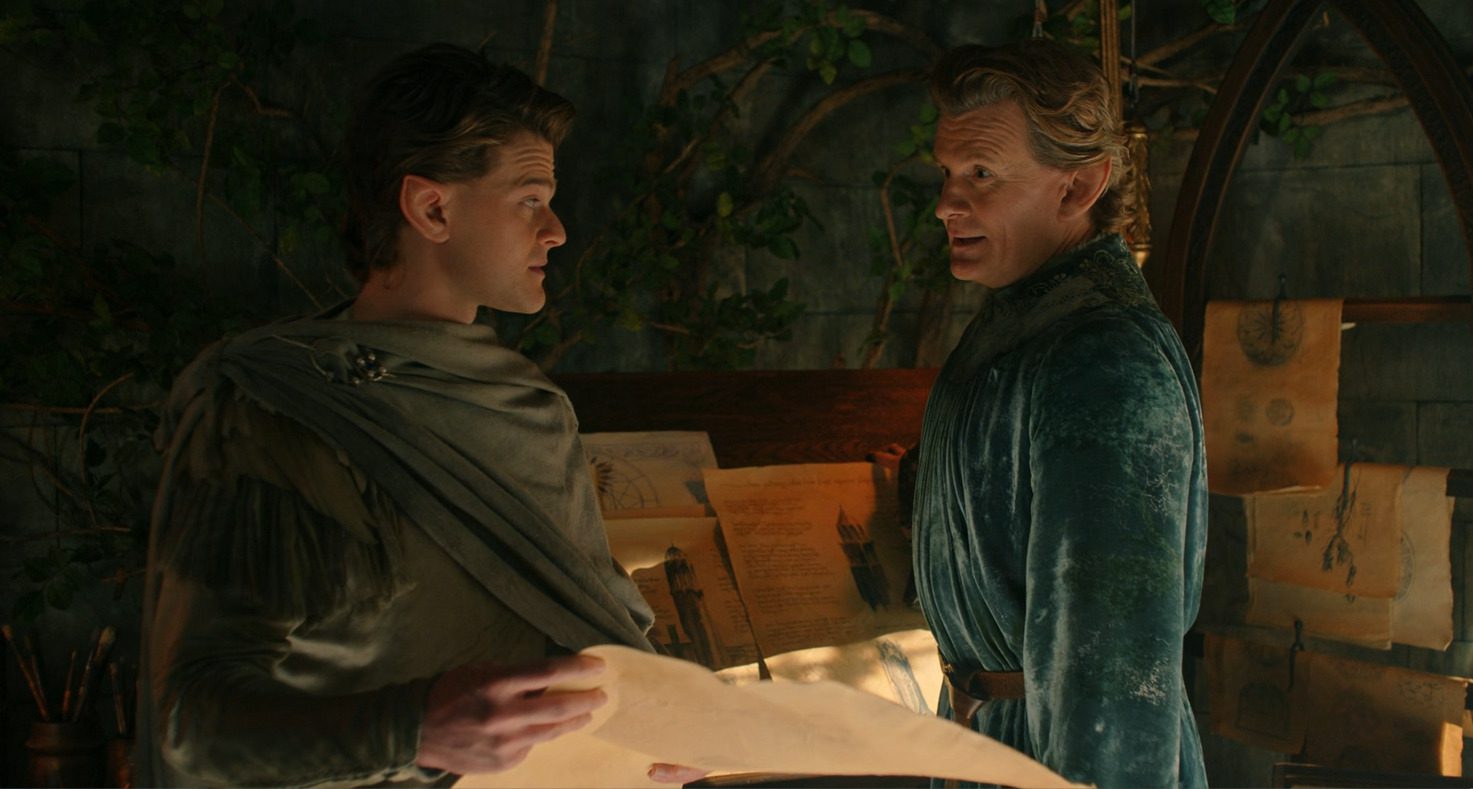
The fight with Morgoth, his evil deed of burning the light-giving trees of Valinor (both of which were hinted at in that opening scene), and his obsessional search for and theft of the impossibly beautiful jewels carrying the very last of that light — the Silmarils — are among the most painful examples of this in the Prime Video series. During an early scene in episode 2, the elves Elrond and Celebrimbor make a brief reference of this history while admiring the hammer that was used to create those jewels in the first place and reflecting on the beauty and disaster that such an act ultimately inflicted on Middle-earth.
Fanor earned his position in (fictional) history as the elven king who initially created the Silmarils, but who was unable to overcome his own selfishness and greed, which unintentionally resulted in even more death and misery. For the purposes of this discussion, the fact that Celebrimbor, the person who would eventually create the Rings of Power, was inspired by such a complex individual should act as a life lesson about the dangers of unrestrained ambition.
Dwarven Hospitality
When Elrond and Celebrimbor travel to Khazad-dûm to request the assistance of the dwarves, the Lord of Eregion tells his companion that he has always liked the dwarves and wonders if he would be able to see them in action in their forges up close and personal. Elrond replies that he thinks they’ll do much more than that and sets some rather high expectations. He then goes on to describe the hospitality of the Dwarves, which includes screaming Ram’s horns, tables covered in salted pork, and a ton of malt beer. Gimli mentions similar Dwarven greeting thousands of years later in “The Lord of the Rings,” so if the illustration sounds familiar, that’s because Gimli mentions it there.
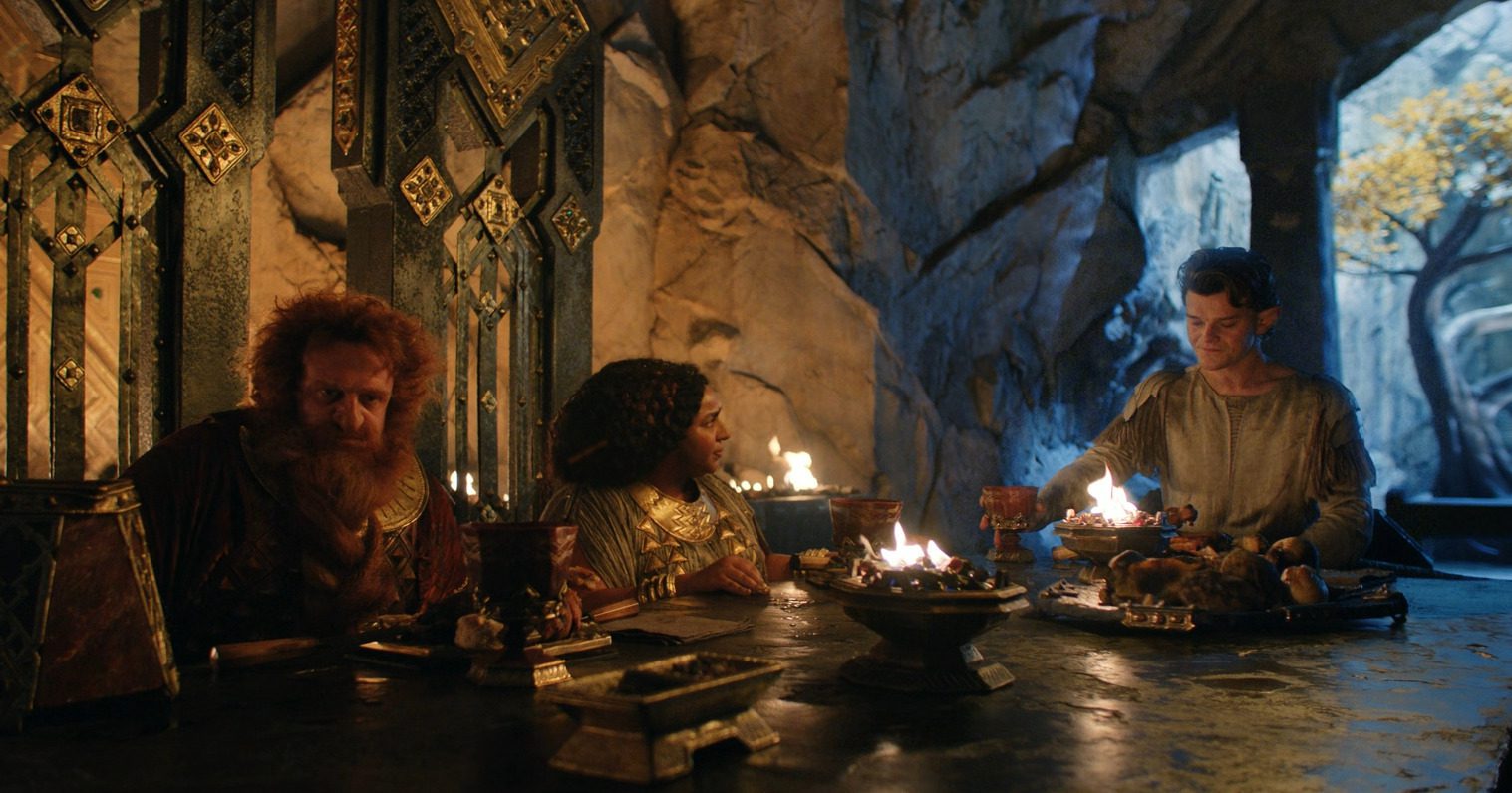
As Frodo and the others enter Moria in “The Fellowship of the Ring,” Gimli tells Legolas to get ready for the famous hospitality of the Dwarves, telling the Master Elf to anticipate “roaring fires, malt beer, and ripe flesh off the bone.” Later on, to Gimli’s surprise and great delight, Pippin makes another reference to salted pork in “The Return of the King.” Both could be unique adaptations that follow their own goals. But everyone agrees on the importance of Dwarven hospitality.
Khazad-dûm
Remember when I said that “The Rings of Power” had familiar locations reappearing? The huge realm of Khazad-dûm, a magnificent engineering achievement that speaks to the particularly dwarven skill for mining, serves as a representation of one significant location that we have most definitely seen before. In episode two, Elrond and Celebrimbor arrive at its stone gate and beg Prince Durin for a meeting in order to collaborate and help in the construction of the massive forge that Celebrimbor is determined to build.
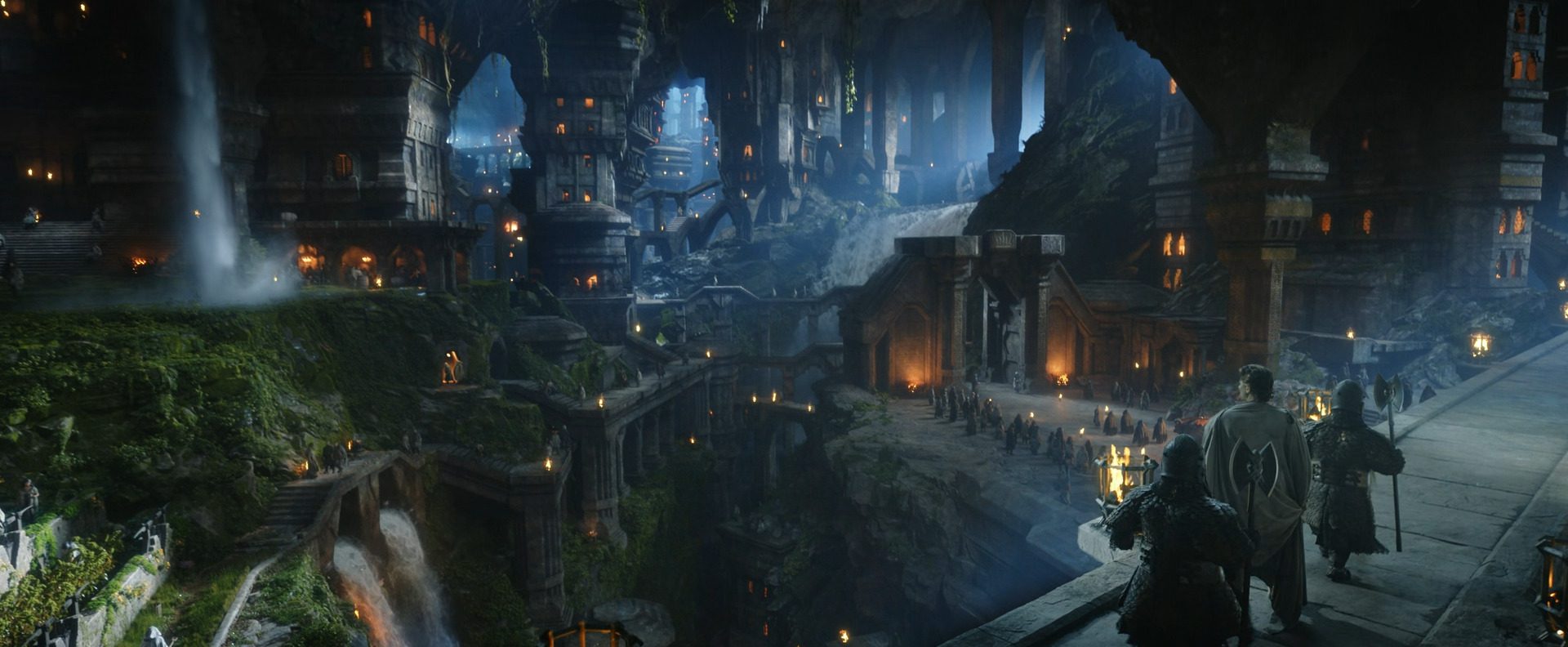
When Elrond is taken inside, the magnificent waterfalls, the enormous mirrors that reflect the sun and light the caves, and the intricately carved structures surpass everything the outer elf has ever seen. Khazad-dûm is only ever referenced by its formal name here, although throughout the Third Age, it is known by a totally different name: the Mines of Moria, which is something the Fellowship enters and which ultimately results in Gandalf’s death centuries later. Khazad-dûm, which is depicted at its peak in “The Rings of Power,” ultimately leads to the destruction of Durin’s line and serves as yet another cautionary tale about how greed can unleash even worse evils.
But here, the flourishing neighborhood still lives beneath and is home to a kingdom of various dwarves. The fact that good things don’t really stay forever in Tolkien’s Middle-earth just adds to how lovely the sequences between Prince Durin, Elrond, and Princess Disa are. Elrond wistfully remarks about the home Durin and Disa had created together, saying, “Where there is happiness, it is never truly dark.” Even he couldn’t have predicted how different the Khazad-dûm would be when he eventually dispatches the Fellowship to destroy the One Ring.
Dwarves Creator And Mask
The origin story of the dwarfs is interesting. Dwarves are originally created by the angelic being Aul, as opposed to Men and Elves, who are made by the godlike supreme being Eru Ilvatar. Aul, however, is unable to give his dwarves consciousness while he is still creating them. Only Ilvatar is capable of doing that, and he eventually does it. Even still, “Rings of Power” shows the Dwarves’ continued fondness for Aul. Durin IV refers to his semi-maker in the rock-breaking scene when he calls the activity “The Dwarven test of strength fashioned by Aul himself.” Disa later uses the analogy of Aul’s beard to show her dislike of Durin and Elrond’s argument. It’s a name that most viewers find unusual and strange.
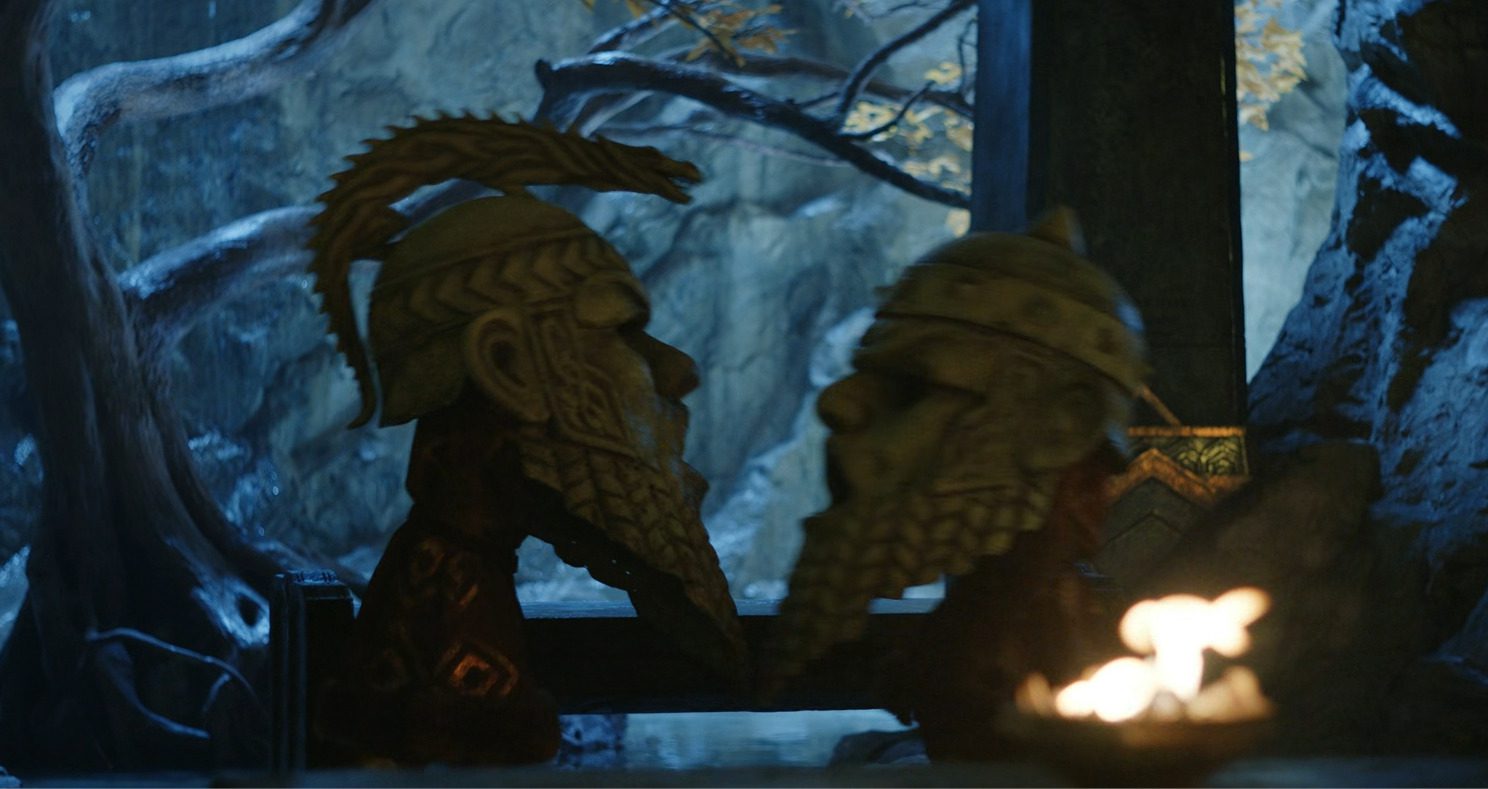
For Tolkien fans, it is an obvious and appropriate reference to the supreme figure in Dwarven mythology and history. It’s also important to note that “The Silmarillion” served as inspiration for the full Dwarven masks worn by many of Khazad-dûm’s guards. The Dwarves fight a group of dragons at one point because “it was their tradition moreover to wear enormous masks in battle dreadful to look upon; and those kept them in good favor against the dragons,” according to the book. It’s fascinating to see how the infamous headgear was integrated into Durin’s guards’ uniform in this one-off reference.
Also Read: The Rings Of Power Episode 2 Recap: The Evil Is Arriving

